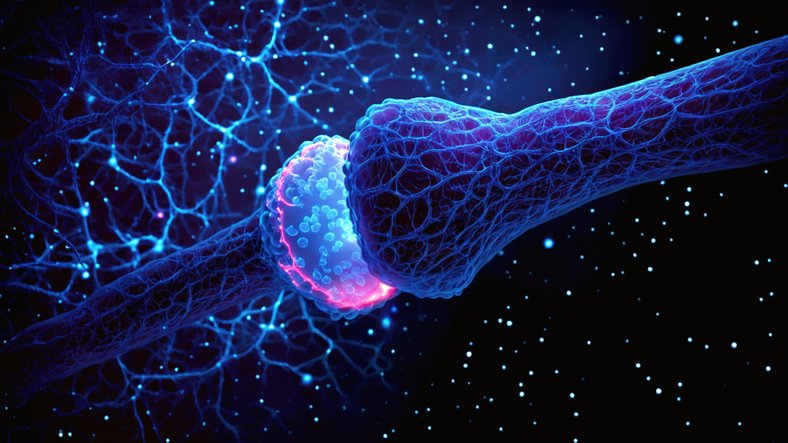
Operating Partner
SV Health Investors
Everybody knows that genetics is important in drug discovery. Indeed, you may find that a rather old and boring observation. But genetics is, in fact, becoming increasingly more important as various technologies continue to improve. For example, many new targets are being discovered using artificial intelligence (AI) and other disruptive methods. Some genetic evidence is more powerful for drug discovery than other evidence, and it’s good to remember that the size of a genetic effect from a mutation in any gene might not be reflected in the strength of any drug developed against that target.
Genetics and drug discovery had its origins in the 1980s with the development of positional cloning technology—that is, using genetic markers to map and identify the genes responsible for Mendelian monogenic disorders such as cystic fibrosis, Huntington’s disease, and Duchenne muscular dystrophy. However, using the same techniques to clone the multiple genes involved in other, more common diseases turned out to be much more difficult. The perceived importance of genetics (and target genes) for drug discovery increased with the completion of the Human Genome Project. It was all about finding genes and then qualifying them as important targets using, among other things, functional genomics in fruit flies and nematodes.
At the same time, the advent of genome-wide association studies (GWAS) using very large arrays of single-nucleotide polymorphisms (SNPs) to interrogate large numbers of healthy or disease-affected individuals led to the discovery of many common genes with small genetic effects. Initially, these were mostly confined to Caucasian populations and included many cancers and autoimmune diseases. Finding the rarer genes with larger effects in the causation of common diseases required full exome or whole-genome sequencing comparisons of affected and unaffected individuals.1
Several studies from academia and pharmaceutical companies2 have shown that finding drugs for gene targets that are qualified by genetic signals are more likely to succeed than those developed on targets that are not similarly accredited. This has now become something of a sine qua non for investors, who are looking to invest in start-up companies addressing new targets. Many CEOs now get asked: “Is this a genetically validated target?”
The answer to that common question depends on the way the gene was found and the effect size that alterations in it have on the disease in question. It is important to reiterate that the genetic effect size is generally not correlated to the effect size of activation or inhibition of that gene function with a drug. There are many examples of this, including HMG CoA reductase and enzyme inhibitors thereof. For perfect validation, it is useful to have both gain-of-function and loss-of-function mutations in the same gene, one being protective and the other disease-causing. The best-known of these is the PCSK9 gene involved in hyperlipidemia and hypercholesterolemia, but there are a relatively few others around.2
Another area of present interest is how to interrogate very large genetic data sets (e.g., the U.K. Biobank and the other large genome sequence/phenotype data sets) to correlate changes in particular genes with complex phenotypes. Obesity is a case in point. Mutations in many genes known to be involved in obesity in both mice and humans can be found in the biobanks and are associated with body mass index. Some of these are obvious targets for drug discovery, such as the melanocortin 4 receptor and GPR 75.
Polygenic risk scores (PRS) are often mentioned in the same breath as biobanks. These are calculated by aggregating the effects of all the common SNP variants in an individual predisposed to a particular disease. It is useful in categorizing the risk of disease for any one person, but it does not help us understand mechanisms of disease too clearly because everyone will have their own set of predisposing SNPs that will differ from person to person—although there will be some sharing of the predisposing alleles. Most of the pathways pointed to by PRS are known, so PRS only helps a little in defining a drug target. There is a lot more work to do before PRS becomes a part of patient stratification, largely because it is unknown what the correlations are between PRS and disease outcome with different treatments. Most often, there are limited treatments anyway, and that is what the patients get! This outcome data will come in time and will be important.
I could not help but notice the fact that Kari Stefansson, MD, the founder of the Icelandic company deCODE genetics was just “fired” as the CEO of the company by its parent organization Amgen. deCODE has been a pioneer in human genetics and drug discovery for the past 30 years but has become increasingly academic in the studies being done.3 It is possible that this is just a reflection of the fact that papers in Nature are not sufficient to justify the money that is being spent by deCODE—but we don’t know what genetic studies they are doing that are drug discovery-related. I don’t read much about these studies though, unlike for example, what goes on at Regeneron. Spending money on heavyweight genetics research is certainly a better use of funds than spending money on banal television advertisements. More on that subject next time.
References
- Carulli E, et al. Science. 2015;347(6229):1436–1441.
- Estrada K, et al. Nature Comms. 2021; doi : 10.1038/s41467-021-21843-8
- Pallson G, et al. Nature. 2025;639 :700-707.
Tim Harris, PhD, is a British biotech veteran entrepreneur and author of “In Pursuit of Unicorns” (Cold Spring Harbor Lab Press, 2024). He is currently an operating partner with SV Health Investors.
The post A Noble Pursuit: Genetics and Drug Discovery Revisited appeared first on GEN – Genetic Engineering and Biotechnology News.




